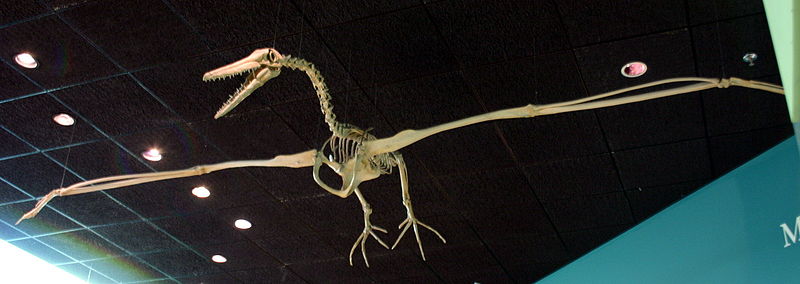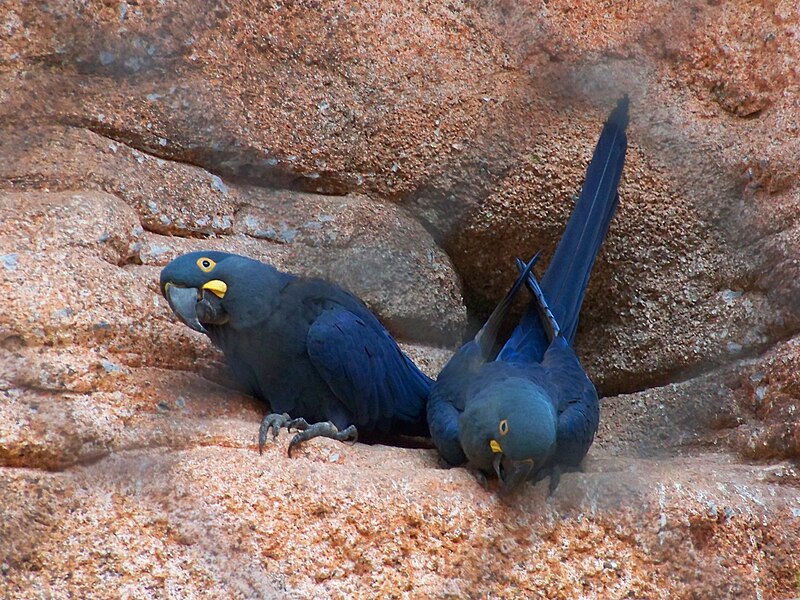
Category Archives: Bird Behavior
Feed SubscriptionThe Red-Vented Bulbul – an Ideal Softbill or Non-Typical Cage Bird
 I first kept Red-Vented Bulbuls (Pycnonotus cafer) as “filler birds” to take up space in a huge, planted aviary I maintained at the Bronx Zoo. However, their confident, inquisitive natures soon led to their being among the exhibit’s most popular inhabitants with visitors. I find them to be among the most easily-kept of the softbills (a term applied to a loose collection of “non-typical” cage birds such as Bulbuls, Pekin Robins and others), and a great species with which to start when seeking to add variety to one’s collection.
I first kept Red-Vented Bulbuls (Pycnonotus cafer) as “filler birds” to take up space in a huge, planted aviary I maintained at the Bronx Zoo. However, their confident, inquisitive natures soon led to their being among the exhibit’s most popular inhabitants with visitors. I find them to be among the most easily-kept of the softbills (a term applied to a loose collection of “non-typical” cage birds such as Bulbuls, Pekin Robins and others), and a great species with which to start when seeking to add variety to one’s collection.
Description and Range
Red-Vented Bulbuls inhabit a huge range that extends from India east to Vietnam and south to Java; they have also been introduced to Hawaii and many other places. They inhabit open woodlands, scrub, farms, villages and cities, pairing off while breeding but otherwise going about in small groups. Read More »
Bird News – Parrots as Criminals, Crime Fighters and Stool Pigeons
 The quite unexpected antics of a number of parrots have made news this past week…from assisting drug cartel members in Columbia (unwittingly, of course!) to exposing the unfaithfulness of an owner’s partner (perhaps on purpose?), pet parrots continue to show that they are well equipped to trick, help and frustrate us…
The quite unexpected antics of a number of parrots have made news this past week…from assisting drug cartel members in Columbia (unwittingly, of course!) to exposing the unfaithfulness of an owner’s partner (perhaps on purpose?), pet parrots continue to show that they are well equipped to trick, help and frustrate us…
Love Triangle Exposed
Parents learn very quickly to watch what they say around toddlers – parrot owners, it seems, should as well. Upon sitting down on a couch near her bird cage, a woman who owned an African Gray Parrot was surprised to hear her pet say “Oh Claire ,oh Claire, I love you!” – surprised because her name was not Claire!
Suspecting that her boyfriend was using the couch for purposes other than watching TV, the woman called him at work…only to find that he was at lunch with, as fate would have it, Claire. Within a day or so the woman caught the pair leaving her home at a time when they thought she was at work. Unfortunately, Harvey the parrot seemed to enjoy screaming out Claire’s name (perhaps he had heard it very often!) – so much so that his owner found him a new home! Read More »
Breaking News – Prehistoric Bird’s Wingspan is Largest Ever Recorded
 In terms of public interest, prehistoric birds generally stand in the shadows of the more dramatic reptilian dinosaurs. However, a discovery announced this week concerning a bird christened “Huge Pseudoteeth” (Pelagornis chilensis) was so startling that I thought I’d take a break from modern species and mention it here.
In terms of public interest, prehistoric birds generally stand in the shadows of the more dramatic reptilian dinosaurs. However, a discovery announced this week concerning a bird christened “Huge Pseudoteeth” (Pelagornis chilensis) was so startling that I thought I’d take a break from modern species and mention it here.
Writing in the current (September, 2010) issue of the Journal of Vertebrate Paleontology, researchers at Chile’s National Museum of Natural History reveal that “Huge Pseudoteeth’s” wingspan measured an incredible 17 feet – longer than that of any known bird, present or past. At an estimated 65 pounds, it also outweighed today’s heaviest flying bird, the 40 pound Kori Bustard. Read More »
Corn for Macaws – a Unique Conservation Plan for the Lear’s Macaw
 With a mere 500 or so individuals remaining in the wild, and very few in captivity, the Lear’s Macaw (Anodorhynchus leari) is one of the world’s scarcest parrots. Yet in its tiny home range of northeastern Bahia State, Brazil, this brilliant indigo-blue macaw poses a serious threat to subsistence corn farmers. Parrots International, in concert with Pro Aves Brazil, the Lymington Foundation and other groups, has devised a most unique initiative that benefits farmers and birds alike.
With a mere 500 or so individuals remaining in the wild, and very few in captivity, the Lear’s Macaw (Anodorhynchus leari) is one of the world’s scarcest parrots. Yet in its tiny home range of northeastern Bahia State, Brazil, this brilliant indigo-blue macaw poses a serious threat to subsistence corn farmers. Parrots International, in concert with Pro Aves Brazil, the Lymington Foundation and other groups, has devised a most unique initiative that benefits farmers and birds alike.
Endangered but Troublesome
It’s easy for folks living in relative financial security to criticize others for killing macaws, but for indigent subsistence farmers in Bahia State, Brazil, the Lear’s Macaw represents a serious threat to survival. The birds pillage the fields of people who, working without the benefit of mechanized equipment and fertilizer, raise barely enough corn to feed their families and livestock. Children are often kept home from school in order to chase the bird, but the enterprising macaws have learned to largely ignore their efforts. Read More »
 That Bird Blog – Bird Care and History for Pet Birds
That Bird Blog – Bird Care and History for Pet Birds
